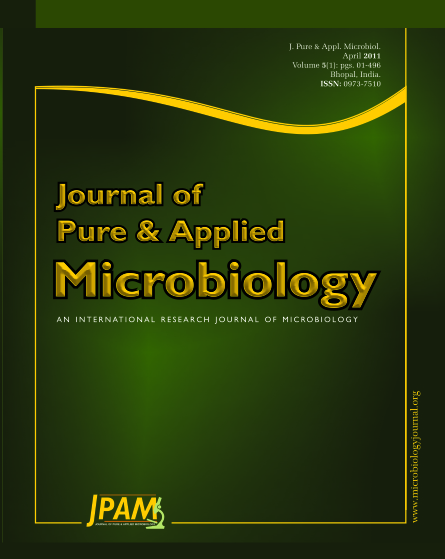Food handlers with poor hygiene working in food service establishments act as potential sources of infection due to pathogenic microorganisms. The study was undertaken to determine the prevalence of gram negative enteropathogens among the food handlers working in food establishments in Vizianagaram, Andhrapradesh, India. Randomly 10 food establishments were selected and samples were taken from finger nails and palms of food handlers and also from utensils used for serving food by swabbing method. Most Prevalent organisms identified were Klebsiellaspp.,(31.5%) followed by Vibriospp., (15.7%), and other members of enterobacteriacea family. Antimicrobial susceptibility was evaluated for all the identified isolates. Imepenem was found to be most effective antibiotic while other antibiotics showed high to moderate activity. The study showed the poor hygiene condition and lack of awareness on hygienic practices in food handlers. An effective means for preventing the transmission of pathogens from handlers to consumer is strict adherence to good personnel hygiene and practice hygiene food handling procedures
Food borne infection, Food handlers, Food hygiene, Antibiotics
© The Author(s) 2011. Open Access. This article is distributed under the terms of the Creative Commons Attribution 4.0 International License which permits unrestricted use, sharing, distribution, and reproduction in any medium, provided you give appropriate credit to the original author(s) and the source, provide a link to the Creative Commons license, and indicate if changes were made.


